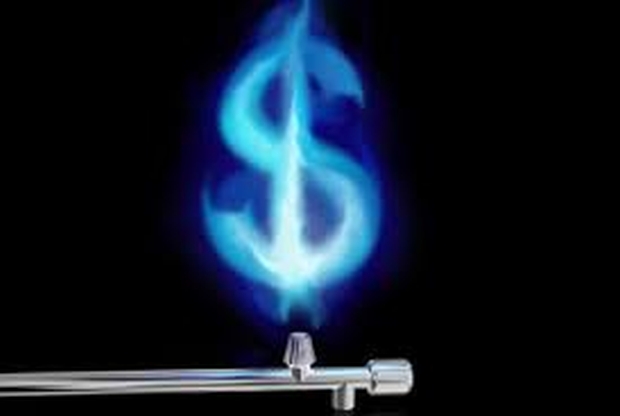Fossil fuels like natural gas have become hot cakes in the field of electricity producing fuel. But in recent times, natural gas prices have risen enormously. Between September 2013 and January 2014 there has been a rise of 110 percent in the prices by Heritage Gas in Halifax, whereas the prices have quadrupled in New Brunswick and Nova Scotia. Prices are expected to rise even further. In addition to this, natural gas exhibits potential dangers to our environment as well.
Natural gas is mainly used for heating purposes in homes. Not only the rise in price will affect those but also to the power plants that generate electricity as most of them are gas-powered. Jesse David Jenkins gives some insights through his article published in Discover Magazine.

The United States’ energy balance shifted dramatically in 2012 as natural gas production in North America surged, driven by the controversial extraction method known as fracking. Last April natural gas tied coal as the top electricity-producing fuel in the United States (each generated 32 percent of the total). This was the first time any generating source had challenged coal for dominance since the dawn of electric power generation in the 1880s. The glut of cheap gas and tightening regulations on air pollutants have prompted the planned closure of 175 coal-fired power plants by 2016, representing 8.5 percent of all coal-fueled electricity capacity in the country. One-third of those plants, among the oldest and dirtiest in the United States, were to be shuttered by the end of 2012, making it the biggest year for coal plant retirements in the nation’s history.
Those closures have helped reduce U.S. energy-related carbon emissions to their lowest levels in 20 years. But in the energy world, everything comes at an environmental price. A typical fracking job involves pumping more than a million gallons of water, sand, and chemicals—including carcinogenic benzene, formaldehyde, and lead—into shale rock formations deep below the Earth’s surface to free locked-in natural gas. Improperly drilled wells or faulty well casings can leak fracking fluids and methane gas into nearby aquifers and water wells. Near fracking operations in Pavillion, Wyoming, monitors with the Environmental Protection Agency detected unsafe levels of benzene in water-monitoring wells and methane and various hydrocarbons in public drinking water wells. Moreover, scientists suspect that the injection of used fracking fluid into deep disposal wells may have triggered dozens of recent small earthquakes in north-eastern Ohio and north Texas.

Natural gas is inherently cleaner than coal: It emits about half as much carbon per kilowatt-hour of generated electricity and comes without the mercury and many other pollutants that often accompany the burning of coal. But the EPA and Cornell researchers confirmed last year that methane leaks from gas wells are a major concern. A report in Nature stated that in some cases the escape of methane, a far more potent greenhouse gas than carbon dioxide, “could effectively offset the environmental edge that natural gas is said to enjoy over other fossil fuels.” Armond Cohen, executive director of the Clean Air Task Force, a nonprofit health and environmental advocacy group, cautions that the carbon reductions from the gas boom should not induce complacency about the importance of nuclear, renewable, and other zero-carbon energy sources. “The key goal is managing C02 emissions down to almost zero,” Cohen says.
With the growing need of electricity, various natural resources are in demand which has also led to a drastic impact on our environment. What the world needs is a clean source of energy which would be no less efficient than what we currently have. Research has suggested that solar energy and wind energy could be important sources of energy in the future. It has even been proved that if wind energy is conserved from 3 regions of United States, it can produce electricity for the entire country. Geothermal wells are also another cleaner source of energy which should be tapped. One must remember that the fossil fuels are depleting at an alarming rate and in even more grave danger is our environment which is getting affected by this. Although other alternatives are more expensive currently but with research and development they can be harvested in a much cheaper way. It is the will of our governmental organizations who have to come together with solutions. Till then what we can do is try our best to make our environment cleaner and habitable for our future generations.
-end-

Source
- Discover Magazine, Jesse David Jenkins
































